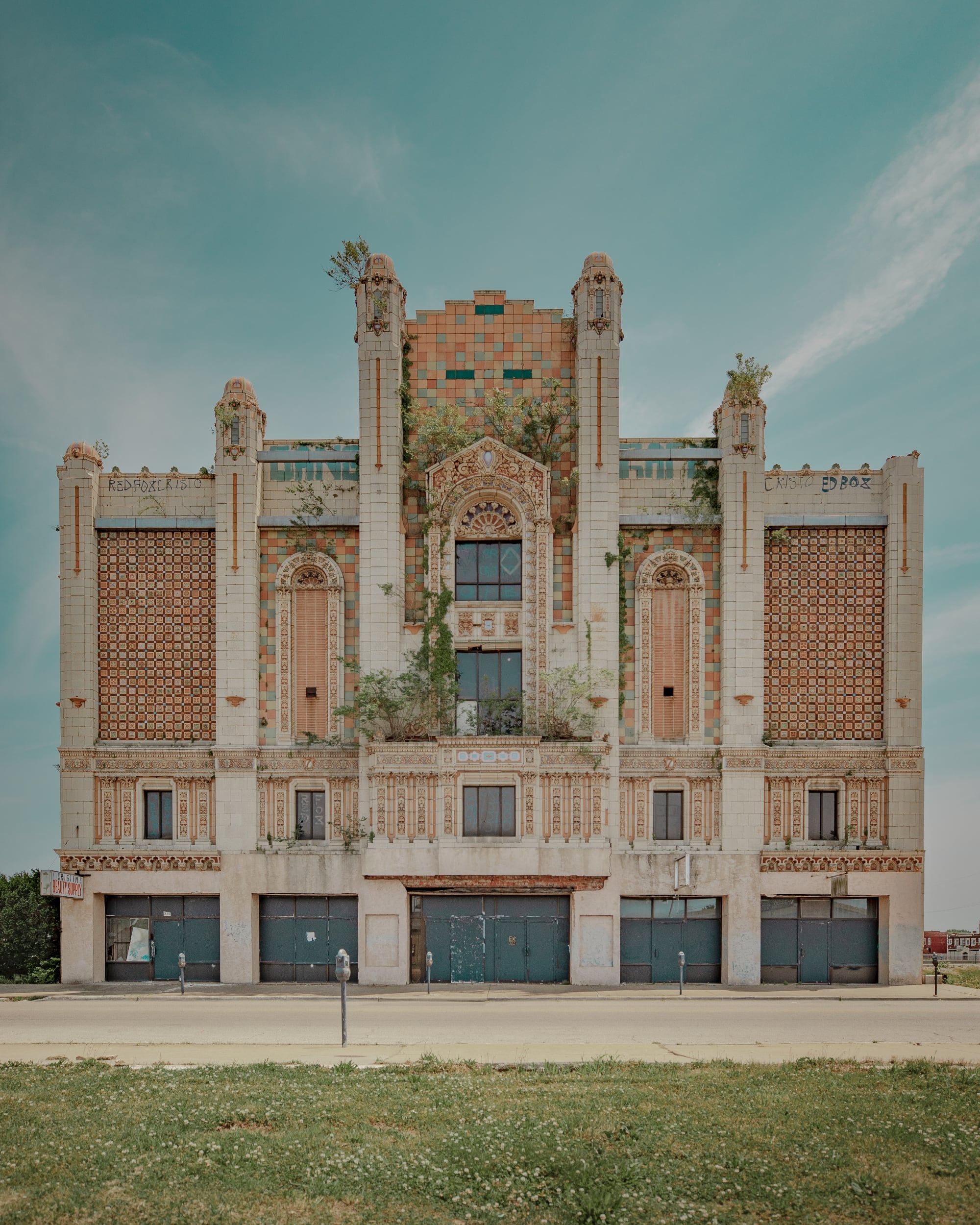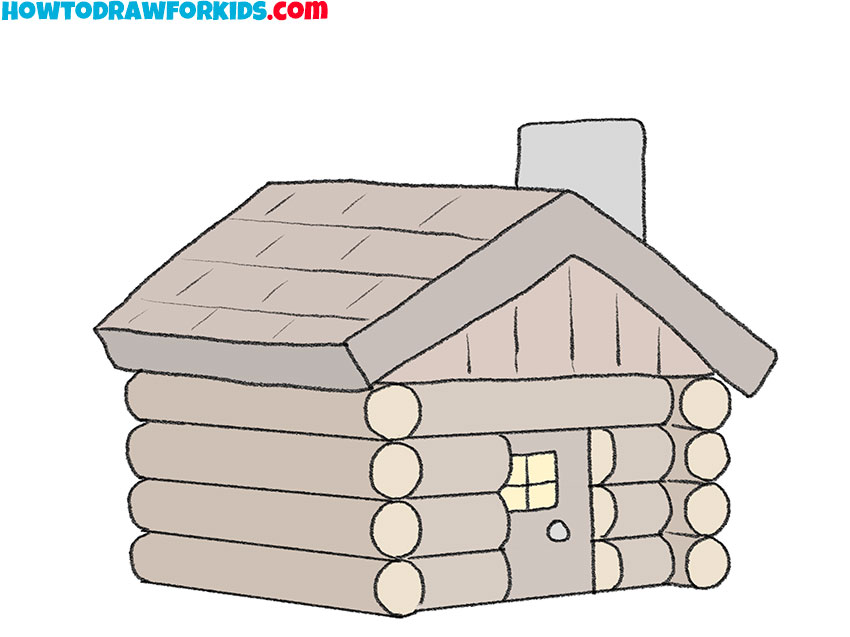“Ball Track Venus Italica” (2023), patinated bronze, 173 centimeters in height. All images © Wim Delvoy, courtesy of Musée d’art et d’histoire, Geneva, shared with permission
In 1802, Italian sculptor Antonio Canova produced a marble sculpture known as “Venus Italica,” notably commissioned by Napoléon Bonaparte and intended to replace another Venus statue at the Louvre in Paris. Among numerous other historic statues and artifacts at the Museum of Art and History in Geneva, the “Venus Italica” provides the foundation for an artistic intervention by Belgian artist Wim Delvoye.
As part of an ongoing program called carte blanche XL, MAH invited the artist-curator to reimagine the institution’s displays, asking the fundamental question: “How does one make sense of the abundance of objects, documents, artifacts, and all the evidence of artistic and practical activities that form the cultural sedimentation of the place?” Delvoye’s response came in the form of The Order of Things, a large-scale exhibition in several of the museum’s galleries.
Installation view of ‘The Order of Things’ (2024)
Delvoye is known for his inventive use of materials, painstaking craftsmanship, and experimentation with technology. He often traverses the blurry boundary between traditional art methodology and today’s digital realm. For this show, the artist was tasked with selecting objects from the collection, including items that may not have been recently highlighted, and building connections between past and present.
Throughout the exhibition, Delvoye tugs on themes of protection—intrinsic in a museum’s mission—in pieces like “Rimowa Classic Flight Multiwheel 971.70.00.4,” a metallic rolling suitcase, or a series of velvet-lined, bespoke carriers like “Case for Moped,” which perfectly fits a motorized bike. And in a series of embossed aluminum works, he draws on artifacts like a 16th-century engraved steel morion, or helmet, in “Untitled (Engraved Helmet),” which depicts an elaborate metallic hard hat.
Delvoye also plays with irony in both written and visual language, like in “La peur du vide,” or “the fear of emptiness,” in which the shell of a vintage race car sits among arrangements of historical armor. And in more than one instance, classical sculptures like “Venus Italica” are transformed into ball tracks, a pun on the idea of “historic marbles.”
The Order of Things continues through June 16. See more on the artist’s website and Instagram.
Left: “Rimowa Classic Flight Multiwheel 971.70.00.4” (2013), embossed aluminum, 74.5 x 52 x 26 centimeters. Right: Detail of “Ball Track Venus Italica” (2023)
“Untitled (Engraved Helmet)” (2017), embossed aluminum, 14 x 23 x 29 centimeters
Installation view of ‘The Order of Things’ (2024), gallery of Vénus Italica, Musée d’art et d’histoire de Genève. Photo by Stefan Altenburger
“La peur du vide.” Installation view of ‘The Order of Things’ (2024), gallery of armor, Musée d’art et d’histoire de Genève. Photo by Stefan Altenburger
“Le juste retour des choses.” Installation view of ‘The Order of Things’ (2024), Musée d’art et d’histoire de Genève. Photo by Stefan Altenburger
“Case for Moped” (2004), aluminium, laquer, felt, Peugeot Vogue moped, 70 x 175 x 115 centimeters, 100 kilograms
“Nautilus” (2017), laser-cut stainless steel, 72 x 68 x 32 centimeters
Installation view of ‘The Order of Things’ (2024), Entrance hall of Vénus et Adonis, Musée d’art et d’histoire de Genève. Photo by Stefan Altenburger
Do stories and artists like this matter to you? Become a Colossal Member today and support independent arts publishing for as little as $5 per month. The article In ‘The Order of Things,’ Wim Delvoye’s Playful Installations Reimagine a Museum’s Historical Collection appeared first on Colossal.


